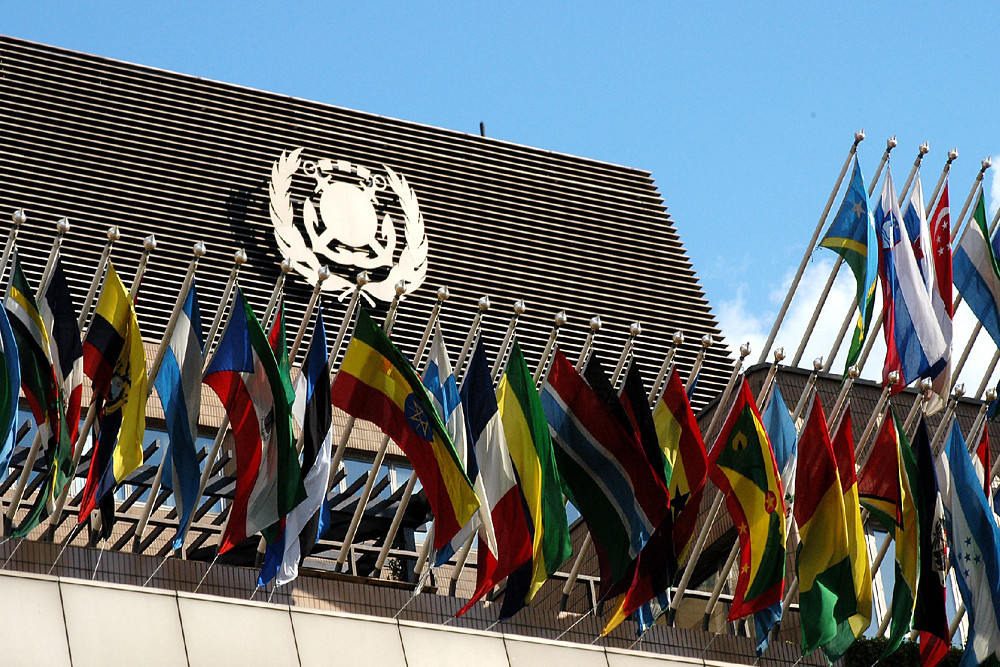A coalition of environmental lobby groups have heavily criticised shipping nations for a lack of ambition in decarbonising shipping following a week of digital talks at the IMO. While the main environmental talks at the IMO are carried out within its Marine Environment Protection Committee there have been special ‘intercessional’ talks on the short term and long term goals for decarbonising shipping. The former has a goal of 2030 and the latter 2050.
In a statement at the end of the week WWF, Transport & Environment., Seas at Risk and Pacific Environment said that there have been some IMO member states that have walked back on agreed targets despite efforts by others to move forward.
“Hopes for bold action to reduce the global shipping sector’s huge greenhouse gas emissions were dashed this week when a ‘business as usual’ draft text was approved”, said the lobby groups in a statement. “In pursuing this outcome, many countries have actively worked to undermine the IMO Initial Strategy goals,and knowingly broken their Paris Agreement commitment to pursue 1.5℃ compatible emissions reduction”
The draft text will now be forwarded to the Marine Environment Protection Committee, scheduled for Nov 16-20, where Parties are expected to adopt the recommendations from the working group.
“We urge all countries to reconsider their support for the J/5 decision ahead of MEPC75 this November 16-20, and reject it, unless it can be fundamentally strengthened, said John Maggs, President of the Clean Shipping Coalition, which has observer status at the talks.
Here’s the three ways the new agreement as watered down ambition according to the lobby groups (Text is taken direct from the press release).
• No carbon intensity target, and a weakened Energy Efficiency of Existing Ships Index (EEXI):
The proposal still contains no carbon intensity target, and somehow, reduces the stringency of the required EEXI for many ship types. This means the proposal would, at best, now curb only 0.65% to 1.3% of GHG emissions from a business-as-usual growth pathway by 2030, (compared to 0.8% to 1.6% in the version going into these talks) where the business as usual pathway is +15% above the industry’s 2008 baseline.
• Loopholes:
Non-compliant ships will be able to continue under-performing for three consecutive years before they even have to file a plan to make improvements, and can easily game under-performance indefinitely by ensuring one compliant year every three years.
• No actual enforcement:
All clauses that would create consequences for non-compliance – such as increased EEXI stringency or ultimately revoking a ship’s statement of compliance – have been removed.
“The weaknesses of the “J/5” text violate the initial IMO GHG Strategy in three key ways. It will fail to reduce emissions before 2023, will not peak emissions as soon as possible, and will not set ship CO2 emissions on a pathway consistent with the Paris Agreement goals., ” say the coalition of lobby groups. “We cannot tell the public progress is being made when their representatives come to IMO just to thwart CO2 regulation on the industry to protect short-term profits, rather than protecting their own citizens from the escalating impacts of the climate crisis”.
“The UNFCCC, in good faith, asked the IMO in 1997 to address the issue of GHG emission from the global shipping sector. Let down by the IMO, the Paris Agreement also mandated countries to address shipping at the national and regional levels as part of their economy-wide national climate plans. Many states must now look at this option in a more favourable light”.
































